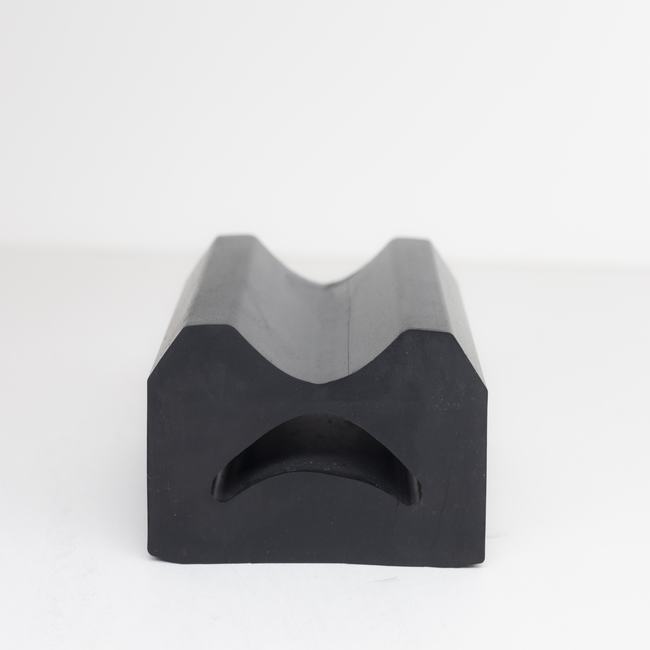Ship seals, also known as marine seals or shipboard seals, are specialized components used in the maritime industry to ensure the watertight and airtight integrity of various openings and interfaces on ships and vessels. These seals are crucial for preventing the ingress of water, protecting cargo, enhancing vessel safety, and maintaining environmental standards. Here are some key aspects of ship seals:
Types of Ship Seals:
- Hatch Seals: These seals are used to create a watertight and airtight seal around cargo hatches, ensuring that water does not enter the cargo holds during rough seas or inclement weather.
- Door Seals: Shipboard doors, including watertight and weathertight doors, require seals to prevent water intrusion. Watertight doors are used in areas where water-tight integrity is essential, such as bulkhead doors and engine room doors.
- Porthole Seals: Porthole or window seals are used to maintain the integrity of windows on ships, preventing water and weather from entering passenger or crew spaces.
- Shaft Seals: Shaft seals, including stern tube seals and propeller shaft seals, are used to prevent seawater from entering the ship through the shaft openings. These seals are crucial for maintaining the integrity of the propulsion system.
- Pipe and Cable Penetration Seals: Seals are installed around pipe and cable penetrations through the ship’s hull to prevent water ingress and maintain structural integrity.
Key Features and Requirements:
- Watertightness: Ship seals are primarily designed to be watertight, ensuring that no water enters critical areas of the vessel, such as cargo holds, engine rooms, and living quarters.
- Weather Resistance: Weathertight seals protect against the ingress of rain, spray, and splashes, particularly on exposed decks and superstructures.
- Materials: Ship seals are typically made from materials that are resistant to seawater, UV radiation, and environmental exposure. Common materials include rubber, elastomers, neoprene, and silicone.
- Compliance: Ship seals must comply with international maritime regulations and standards, such as those set forth by the International Maritime Organization (IMO), to ensure the safety and environmental performance of vessels.
Applications:
Ship seals are widely used across various types of vessels, including:
- Cargo Ships: To ensure the integrity of cargo holds and hatch covers, protecting goods from water damage during transport.
- Passenger Ships: To provide comfort and safety for passengers by keeping passenger areas dry and protecting against seawater intrusion.
- Naval Vessels: To maintain the watertight integrity of warships and submarines, which are designed to operate in challenging marine environments.
- Offshore Platforms: In offshore installations, such as oil rigs and drilling platforms, to protect against seawater ingress and environmental exposure.
- Fishing Vessels: To safeguard fishing vessels’ equipment and living quarters from the harsh marine environment.
- Recreational Boats: To ensure the safety and comfort of boat owners and passengers.
Proper maintenance and inspection of ship seals are critical to ensure their effectiveness in preserving the safety and structural integrity of vessels at sea. Additionally, regular inspections are necessary to meet regulatory requirements and international standards for maritime safety and pollution prevention.










